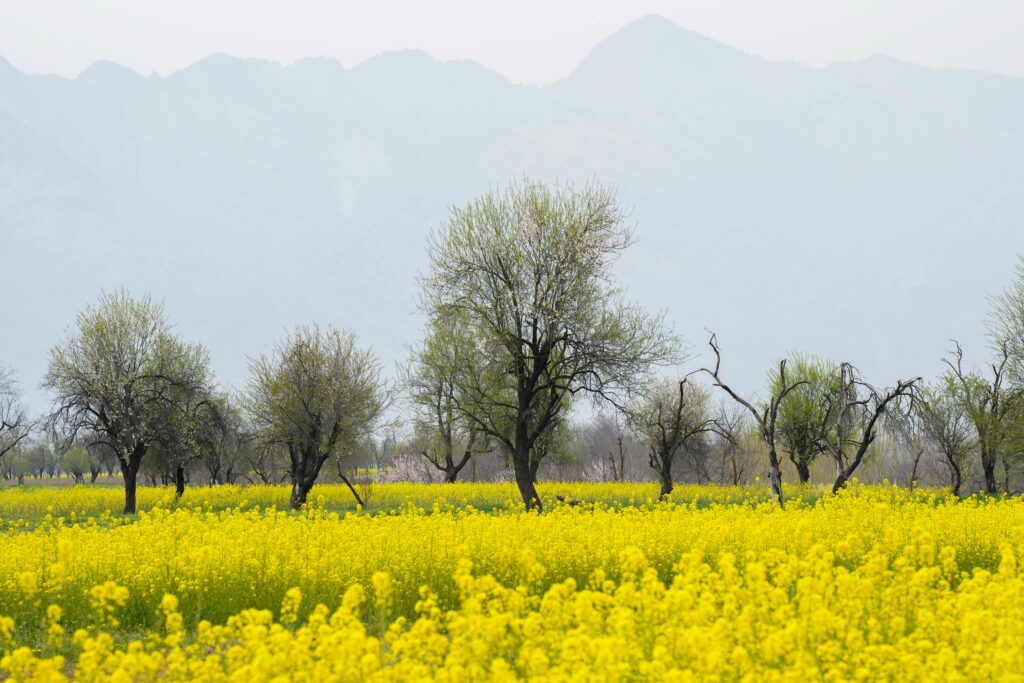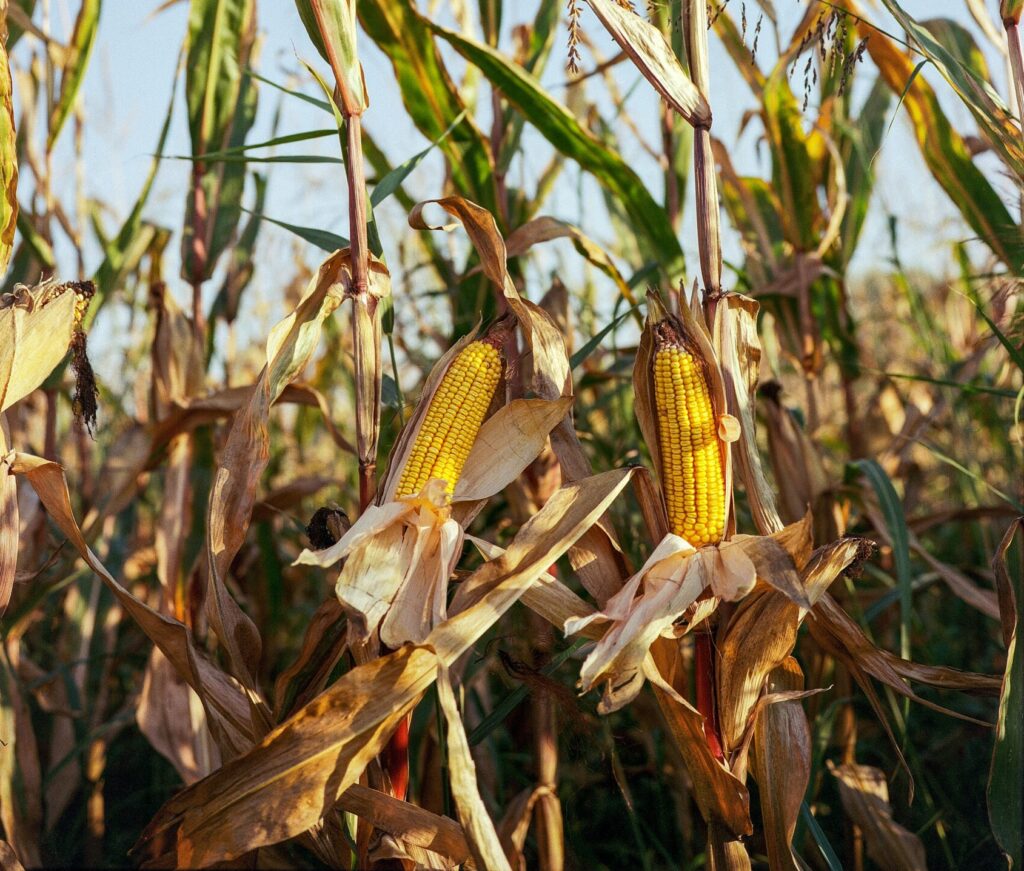Wheat is one of the world’s most essential staple crops, providing a primary food source for billions. Its adaptability across diverse climates makes it suitable for many regions, but to maximize yield and quality, it thrives best under certain climate and soil conditions. Here’s a guide to understanding the ideal environment for cultivating wheat effectively.
Ideal Climate for Wheat Cultivation
Wheat generally requires a moderate climate, with specific needs for temperature and rainfall during its growth stages.
- Temperature Requirements:
- Growing Season: Wheat is most productive in regions with a temperature range between 10°C to 25°C (50°F to 77°F) during the growing season.
- Germination and Early Growth: During germination, cooler temperatures between 12°C and 18°C (54°F to 64°F) are optimal. Wheat planted in fall or early spring benefits from these mild temperatures, as they prevent the seedlings from maturing too quickly.
- Grain Filling: Warmer temperatures between 20°C to 25°C (68°F to 77°F) help with grain filling. However, extreme heat during this stage can reduce grain size and quality.
- Rainfall and Moisture:
- Total Requirements: Wheat generally requires 30-90 cm (12-35 inches) of rainfall per year, depending on the variety and local conditions.
- Distribution: Consistent, moderate rainfall is preferred during the early growth stages, while dry conditions during harvest are ideal to avoid mold and spoilage.
- Irrigation: In arid regions, controlled irrigation can supplement natural rainfall, particularly during critical stages like flowering and grain development.
- Seasonal Considerations:
- Winter Wheat vs. Spring Wheat: Winter wheat is sown in autumn and requires a period of cold temperatures to trigger flowering, making it suitable for regions with mild winters. Spring wheat, planted in spring, is ideal for regions with harsh winters where fall planting isn’t feasible.
Soil Requirements for Wheat
The quality and type of soil are as crucial as climate in determining wheat yield and health. Wheat grows best in well-drained, fertile soils that retain adequate moisture while allowing excess water to drain away.
- Soil Types:
- Loamy Soils: Loam soils, with a balanced mix of sand, silt, and clay, provide the ideal texture for wheat as they retain moisture without becoming waterlogged.
- Sandy Loam: Sandy loam is excellent for its drainage properties and is especially beneficial in regions with high rainfall.
- Clay Loam: In drier areas, clay loam retains moisture better and supports wheat growth effectively.
- Soil pH:
- Wheat grows best in slightly acidic to neutral soil, with an ideal pH range of 6.0 to 7.5.
- Adjustments with lime (to reduce acidity) or sulfur (to increase acidity) can help achieve this pH balance.
- Nutrient Content:
- Nitrogen: Wheat has a high nitrogen requirement, which promotes leaf and grain development. Ensuring sufficient nitrogen, especially during early stages, is essential.
- Phosphorus and Potassium: These nutrients aid in root development, stalk strength, and grain formation. Fertilizers rich in phosphorus and potassium are commonly used to supplement natural soil content.
- Micronutrients: Zinc, manganese, and iron, although needed in smaller amounts, are crucial for wheat health. Regular soil testing helps ensure the soil contains adequate levels of these micronutrients.
Additional Factors for Optimal Wheat Growth
- Soil Preparation: Proper plowing and leveling of soil help with root penetration and drainage.
- Crop Rotation: Growing wheat in rotation with legumes (e.g., soybeans) improves soil fertility and reduces disease incidence, as legumes add nitrogen back into the soil.
- Weed and Pest Control: Wheat crops are susceptible to pests like aphids and diseases like rust. Integrated pest management (IPM) and regular crop monitoring are crucial for preventing infestations and maintaining healthy growth.
Selecting the right climate and soil conditions for wheat cultivation can greatly impact yield and quality. By understanding and managing temperature, rainfall, soil texture, and nutrient needs, farmers can ensure successful wheat growth and contribute to the global food supply.
















